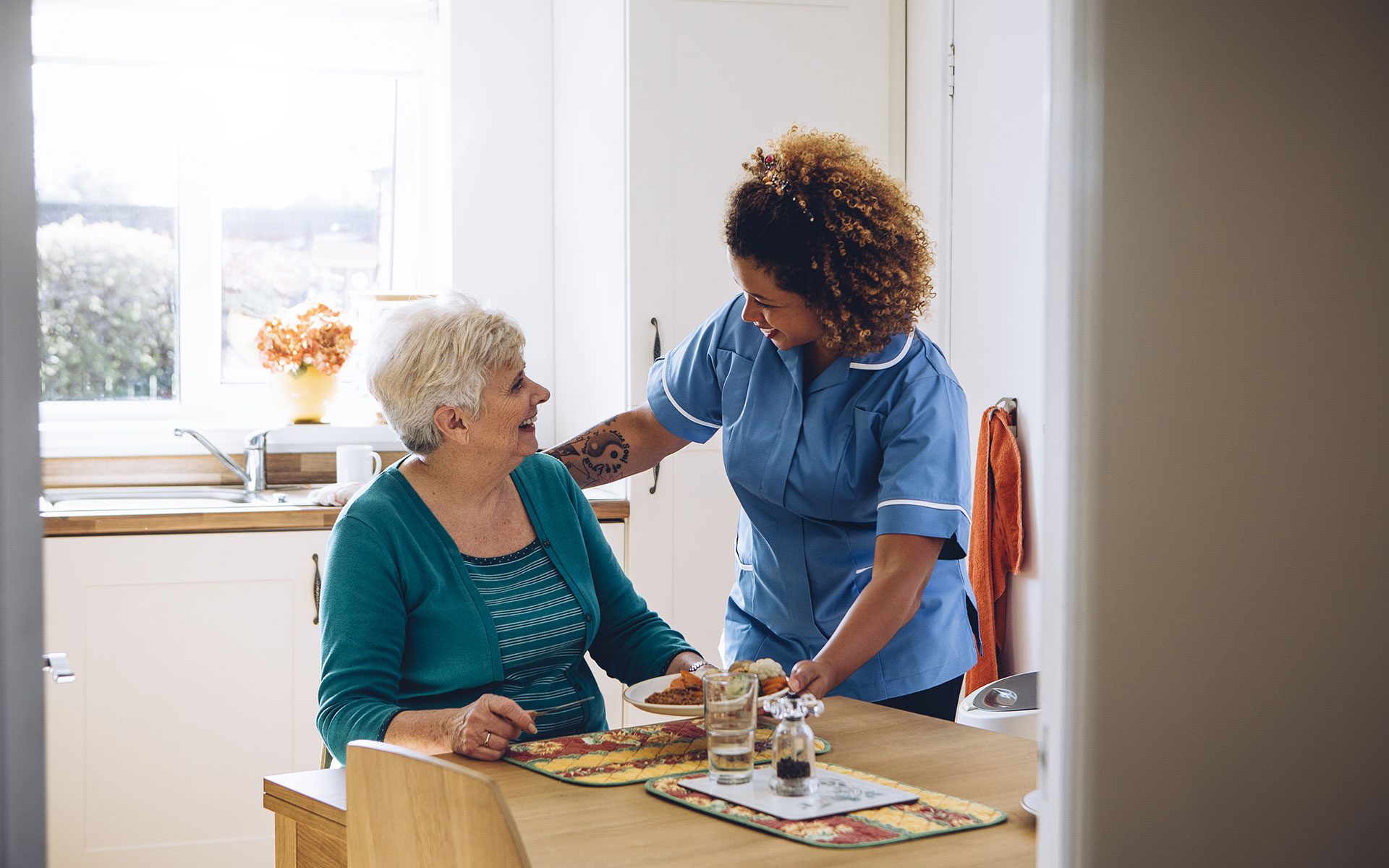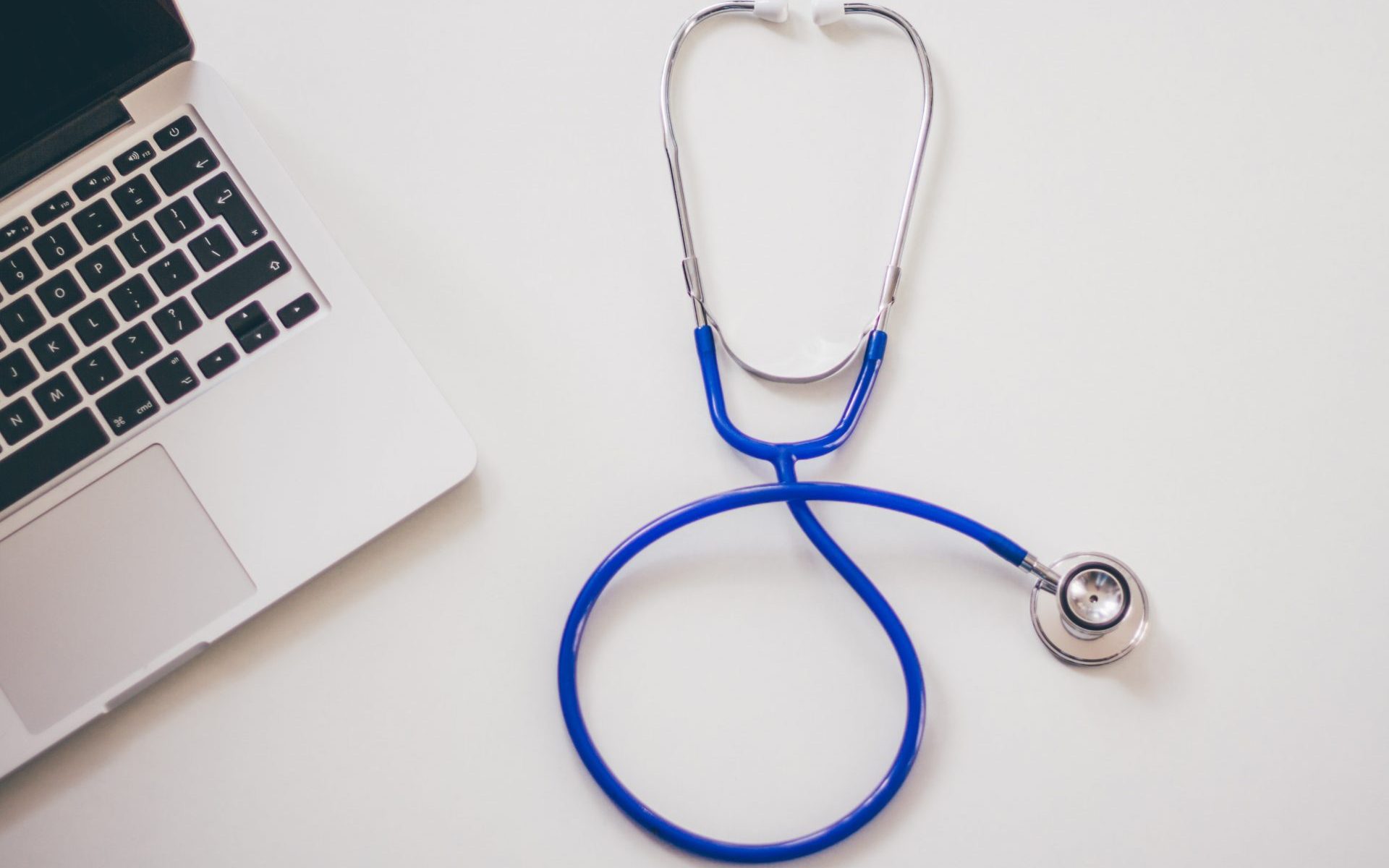The tender process is often complex and requires close attention to the contract requirements and your organisations’ suitability to a contract.
As part of our services at K Low Consulting, we help clients to make a ‘bid or no bid’ decision in the initial stages of bidding. This often includes evaluating compliance and eligibility, commercial feasibility and competitor analysis.
After overlooking 100s of bids in different industries, it is often encountered that clients are keen to bid for a tender that may not be particularly beneficial to them. The attractiveness of a tender, therefore, is not a reason to bid. There should be careful consideration of many factors.
Providing critical feedback at the initial stages of bidding has placed us in a strong position to advise on how you can come to an informed decision regarding whether to ‘bid or not to bid’ for an upcoming tender.
Factors that may inform the ‘bid no bid’ decision
The bigger the contract, the higher the risk involved when bidding for a tender. Without carefully planning and evaluating if your organisation can deliver the contract requirements, you could be at risk of wasting time, money and resource by bidding for a contract that isn’t right for your organisation.
Here are some of the implications of bidding for a tender that isn’t right for you:
Time
Bidding for a tender takes a considerable amount of time. From undertaking research and collecting evidence, the tender process can be long, complex and require a lot of attention.
Answers will vary from tender to tender, but often, some may require a lengthy response which seeks evidence on how your organisation can deliver the contract. Thus, it is critical that you have internal teams or external bid writers to allocate the correct amount of time needed to undertake the project.
Those in senior management positions usually have to collect the right resources for the bid, which means there may be less focus on training and managerial activities. Employing an external bid team, however, could ensure that time is saved and take the strain off internal bidding teams and senior management.
Cost
There are a lot of costs associated with tendering. If you are choosing to invest in an external bid writer(s), then this will be one of the associated costs.
Evaluating that your business can afford to implement a contract is fundamental. Thus, you must be aware of the additional costs associated with a new contract. It is vital that you understand your current delivery model and what it would take to deliver a new one.
Questioning: have we got the costs to scale up? Would be a good starting point. Some of the additional costs to implement a new contract may be:
- Recruitment of staff
- ICT
- Property
- Construction
- Marketing and advertising
- Equipment
Wasted Resource
Resource can easily be wasted if the tender that your organisation is bidding for isn’t right for you. We understand that for most SMEs, internal resources are crucial and need to be prioritised for bidding. By ensuring that we only bid for the most appropriate opportunities, we optimise where and how our clients deploy their resource. As mentioned previously, time is one of the most crucial aspects of bidding for a tender, and too much time and resource spent on a tender could potentially be wasted if you decide to bid without evaluating the impact.
Low win rates
Losing bids result in low win rates. You must analyse and understand where you are in the marketplace. Compliance is just first base; understanding that you have a proposition that could enable you to win is fundamental to optimising win rates. At K Low Consulting, we have a fantastic win rate of 88% and ensure that our clients have the right standing to bid. Before bidding, you should question the following:
- Who are our competitors?
- Where are we at with the delivery model?
- Do we have a coherent strategy in place?
Making the ‘bid no bid’ decision
If you have found a tender that you want to bid on, there are many factors that you should consider before going ahead. At the very basic level, your organisation needs to fulfil the statutory requirements stated within the tender and have the right financial standing. Demonstrating your organisation’s capabilities in your answers, alongside evidence that presents added value, shows that you can deliver the contract requirements.
You must meet all the requirements for the contract. If you meet ‘most’ of the set requirements and not all, you will still lose the bid.
Thoroughly evaluating your standing as an organisation will help you when making the decision. There are many questions that you can ask to come to the right decision, some are:
- Do you have an internal or external team in place to help support the bid?
- Do you have time and resource to implement the bid?
- Can you present added value to the bid, that will make you stand out amongst competitors?
- Does the contract fit with your organisation’s strategic growth plans?
- Have you completed tenders in the past, and if so, what have you learnt that will be beneficial when bidding for this particular contract?
- Do you have the relevant evidenced experience to support your bid?
- Are there any factors which would inform the ‘no bid’ decision? If so, what are they?
- Is your team equipped to deliver the contract?
- Does the contract align with your growth plans?
K Low Consulting’s approach to the ‘bid no bid’ decision
At K Low Consulting, we recognise that the ‘bid no bid’ decision is critical. Our initial consultation with you will outline whether we think you should bid or not, taking the strain and pressure away. We are open and honest with our clients from the beginning of the process, and unlike other tender companies, will not simply encourage you to bid for a tender for profitability. We will thoroughly evaluate your organisations standing and the likelihood of winning a contract. We strive for strong partnerships with our clients and want them to be aware of the best opportunities that align with their organisation’s strategic growth plans.
If you would like our help to decide whether to bid or not for a contract or to find out about our services, please contact us today on info@klowconsulting.com or call 0330 133 1041.














